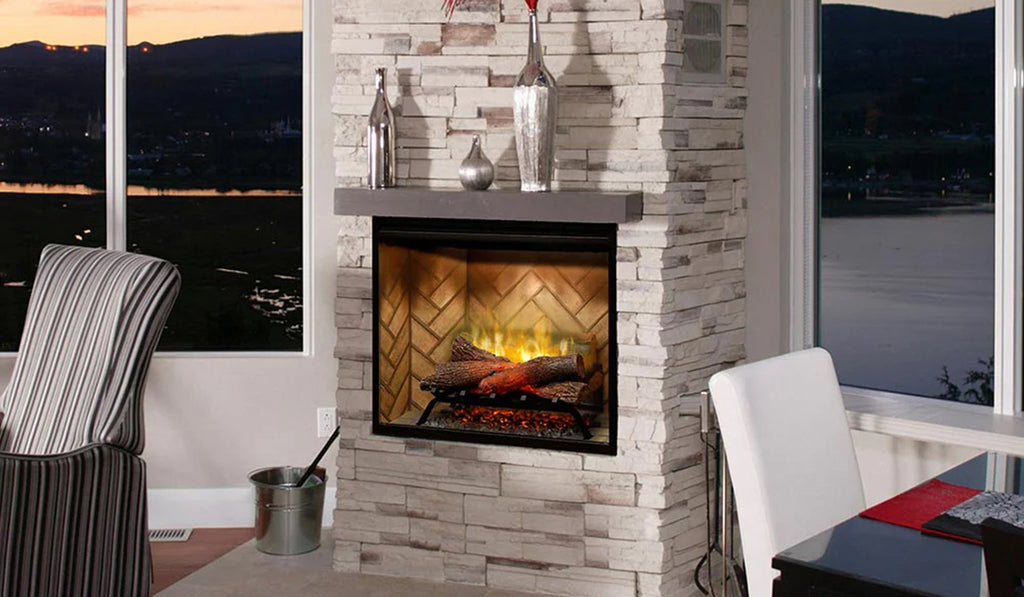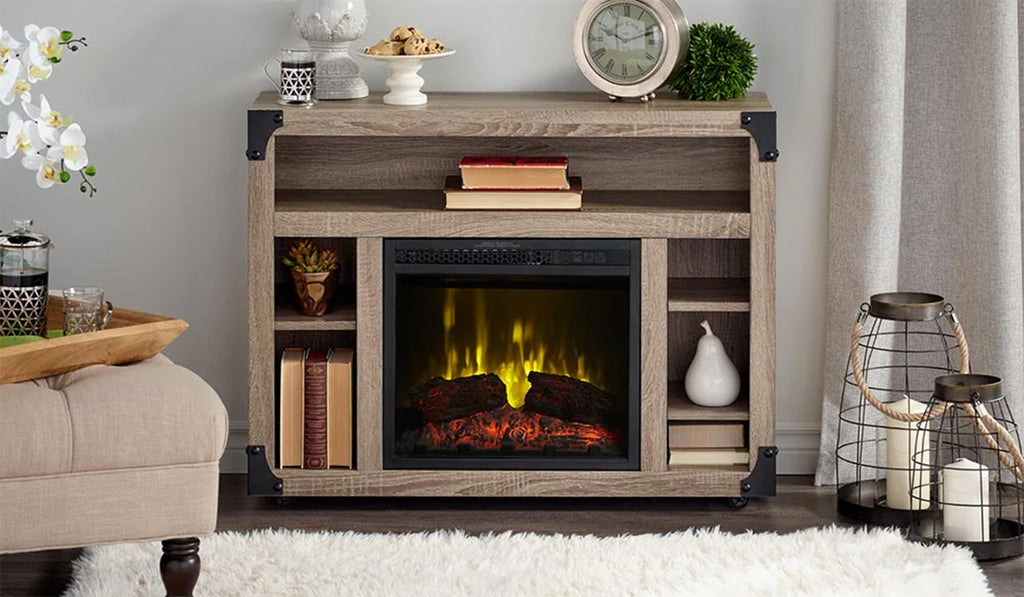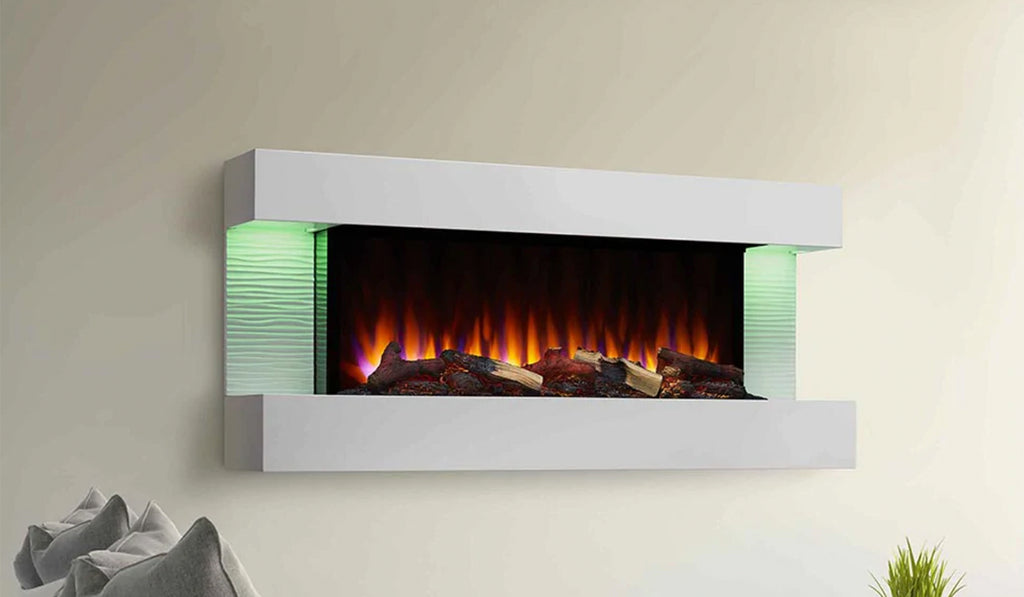Before the days of central heating or more sophisticated zone heating methods, it was the humble fireplace that warmed the home and kept the inhabitants entertained. As the years went by and needs and styles changed, a simple alcove with logs just wasn’t enough.
From medieval times to modern-day America, see how art, architecture, and several centuries of innovation made the mantelpiece what it is today.
The Mantel and Medieval Times

In the twelfth century, the introduction of a chimney meant that the central fire in the middle of the home could stay in place, but in a much more sophisticated and efficient setup. Smoke filtered through the chimney and out of your home while still providing enough heat for the household.
It was a revolution in home heating, but it wasn’t quite complete. Even with a chimney, residual smoke could creep out into your home and make your living spaces uncomfortable.
That’s where the mantel comes in.
To cut down on smoke, a mantel was placed over the fire grate to catch it and contain it before it began to spread. They were made of wood and purely practical, meaning they didn’t have any of the decorative elements you see today.
Enter the Renaissance.
Renaissance Art and Mantelpiece Architecture

When you think of the Renaissance, you think of Michelangelo, Raphael, Leonardo Da Vinci, and the ingenius works of art, architecture, and science spread across Italy. But there was more to this movement than meets the eye.
While the Renaissance is remembered by many as an Italian-centric period, in reality, it spread all across Europe and changed many areas of life, including home heating.
Beginning in the fourteenth century, the fireplace moved from the center of the home to the side, on the wall—now the most common placement. The mantelpiece was increased using beams of timber to warm both sides of the hearth, allowing family members to sit on either side of it. Because of these innovations, mantels were slowly gaining popularity across the continent. That includes countries like England where a revolution in mantelpieces would completely rewrite the rules of interior design.
Revolutionary Wars and Majestic Mantels

If the Renaissance was a spark for interior architecture, the Georgian era in England was the bellows that fanned the flames for good.
During this period, mantles became the norm instead of the exception and began to take on a more decorative air. Wooden or cast stone mantels with decorative designs, shelving, and large columns largely defined the era. Another popular choice was a larger overmantel featuring a rectangular shape for an even greater, more sophisticated aesthetic.
Mantel top decorations were also increasing in popularity during the concurrent Federal period. Some of the more common choices were urns and garland, with the latter still a common feature during the holiday season.
The Georgian era was a revolution in interior design, but as we all know, there was a little more on the minds of the colonists across the pond.
The Victorian Era in a Brand-New Country

By 1837, the cries of revolution and the subsequent victory were still familiar in the minds of Americans. People were beginning to head out of the countryside and into the city, which meant that wood—abundant in the country—was switched with coal.
To compensate for the change in fuel, fireplace grates with an iron basket for coal storage became commonplace for urban heating. Iron also became a key feature of the mantelpiece, especially in the decorative elements.
The flamboyant style of the Rococo period—think intricate curves, asymmetry, and extreme attention to detail—was a natural fit with the casting process, making it easy to replicate, and therefore, a popular design.
The decorative features only got more ornate as the period progressed. Overmantels, columns, cast-iron inserts, and the adorning trim added a variety of colors and shapes to the fireplaces of the era.
But as the years went on and tastes changed, things began to go back to basics.
Embracing the Past in the Modern World

As president, Teddy Roosevelt changed the way America saw itself. He was an avid outdoorsman and the founder of the national parks system, emphasizing pragmatism and basic living in almost everything he did.
Roosevelt’s actions made “rustic” living popular, and interior design was no exception. Ornate was out and simple was in, with iron mantels being replaced by brick, stone, or river rock instead. Even though the materials were more “earthen” and “basic,” scenic tile was thoughtfully arranged for a sense of artistic choice.

Today, we have a multitude of mantelpiece options at our disposal. Whether you’re embracing country living or looking for something ornate, Mantels Direct has you covered.
For a modern take on the mantel, check out the hottest trends.
